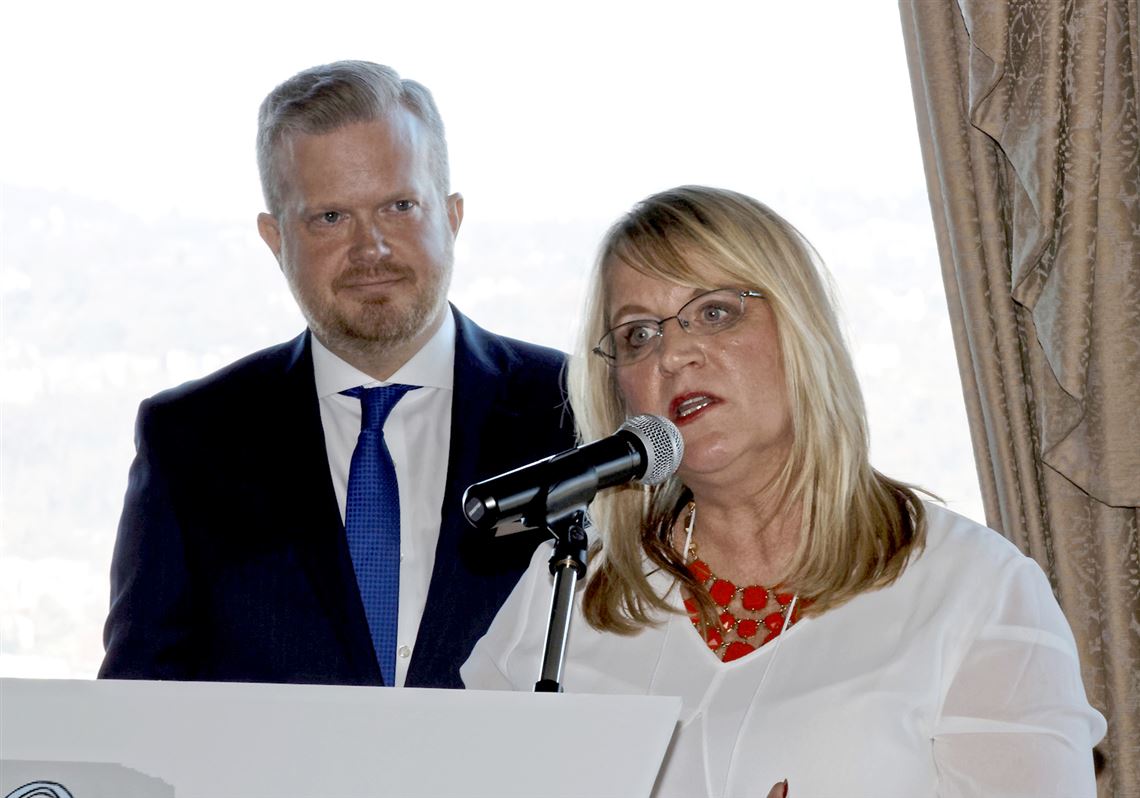In this edition of #BehindTheSEEN, get to know HEARTH’s executive director Judy Eakin and the work the organization is doing to impact legislation that is shaping the conversation around homelessness.
HEARTH provides services to families experiencing homelessness and survivors of intimate partner violence. The organization utilizes transitional housing to help its clients reach stable, long-term housing. On June 6, the House Financial Services Committee met in Washington, D.C., to hear testimony from the subcommittee on housing and insurance about a legislative proposal to help break down barriers that prevent homeless children and youth from obtaining housing assistance and services through the Department of Housing and Urban Development.
As a member of the National Coalition for Homelessness Solutions, HEARTH submitted its testimony to U.S. Rep. Keith Rothfus, R-Sewickley, and had those remarks entered into the record. I spoke with Judy Eakin about why HEARTH’s involvement is imperative to changing legislation.
How do nonprofits help impact and shape legislation? For HEARTH and for most nonprofits, it starts at a grassroots level. You reach out to your representatives, whether state or federal and explain to them about whatever is impacting your clients. We reached out to our representatives when HUD was saying that it wanted to get rid of transitional housing. Transitional housing is set up to transition clients into permanent, affordable housing. Congressman Keith Rothfus agreed with us that ending transitional housing was a bad idea to helping families become independent. We were looking at the root cause of homelessness, which is poverty. Our program focuses on those underlying causes. Many of the women we serve don’t have education or a job. They’ve often suffered trauma. A lot of counties decided to keep transitional housing and have connected us together. So now we have formed a national coalition for homeless solutions.
What is the focus of this coalition? We focus on ending family homelessness. The challenges families face are very different. Is their child safe from an abuser? Families often are lacking child care. Homelessness throughout federal sectors is defined differently. A child could be considered homeless by one organization but not by HUD. If you don’t have a permanent address and are bouncing around, where do you enroll your child in school? That doesn’t count as homeless for HUD. To me, that’s absolutely crazy. So we wanted to change it. This is what this House Resolution 1511 was about. HR1511 provides one definition of homelessness that goes across all federal programs. If a child is determined homeless through the educational system, others in their family should qualify, as well. HUD states that to be homeless means that you don’t have a place to sleep that night. A safe place to sleep can mean sleeping on someone's floor. This does not seem reasonable.
How did HEARTH get the opportunity to speak on this topic that is impacting homeless families nationwide? Congressmen Rothfus has been a real proponent of HEARTH and transitional housing. He has spoken on our behalf before. I reached out to him to ask to submit written testimony. The testimony has to be submitted on your behalf. He read it in for the record.
What testimony did you submit to Congressmen Rothfus? I wanted to talk about how confusing it is that we have all of these different definitions for what it means to be homeless and how it impacts children and families. Did you know that every time a child moves, they fall six months behind in school? Mothers are willing to do whatever it takes to keep a roof over their children’s heads, even if it means staying in abusive situations. These women wrote letters. They are very passionate about this. There are so many intersections to this as to why women and families become homeless but the solution is the same. We need to transition families into safe, permanent, sustainable housing.
How does HEARTH decide what to focus on? Our priorities are child care, affordable housing, transportation, domestic violence and education. It’s identifying what are the big pieces to this puzzle and putting those up front. Even if the minimum wage is raised to $15 an hour, many of those jobs are at night or on the weekends. Who would take care of the children? It’s more than one factor that contributes to homelessness when raising the minimum wage puts them in jobs on evenings and weekends.
What do you hope will come from this legislation? My hope is that we get a consistent definition of homelessness. That families with no stable address will qualify for homeless services and help under HUD. We can support families by showing them the skills they need to get out of the cycle of poverty and homelessness.
Want to get involved with HEARTH #BehindTheSEEN? Visit http://www.hearth-bp.org/.
First Published: July 9, 2018, 11:45 a.m.
















